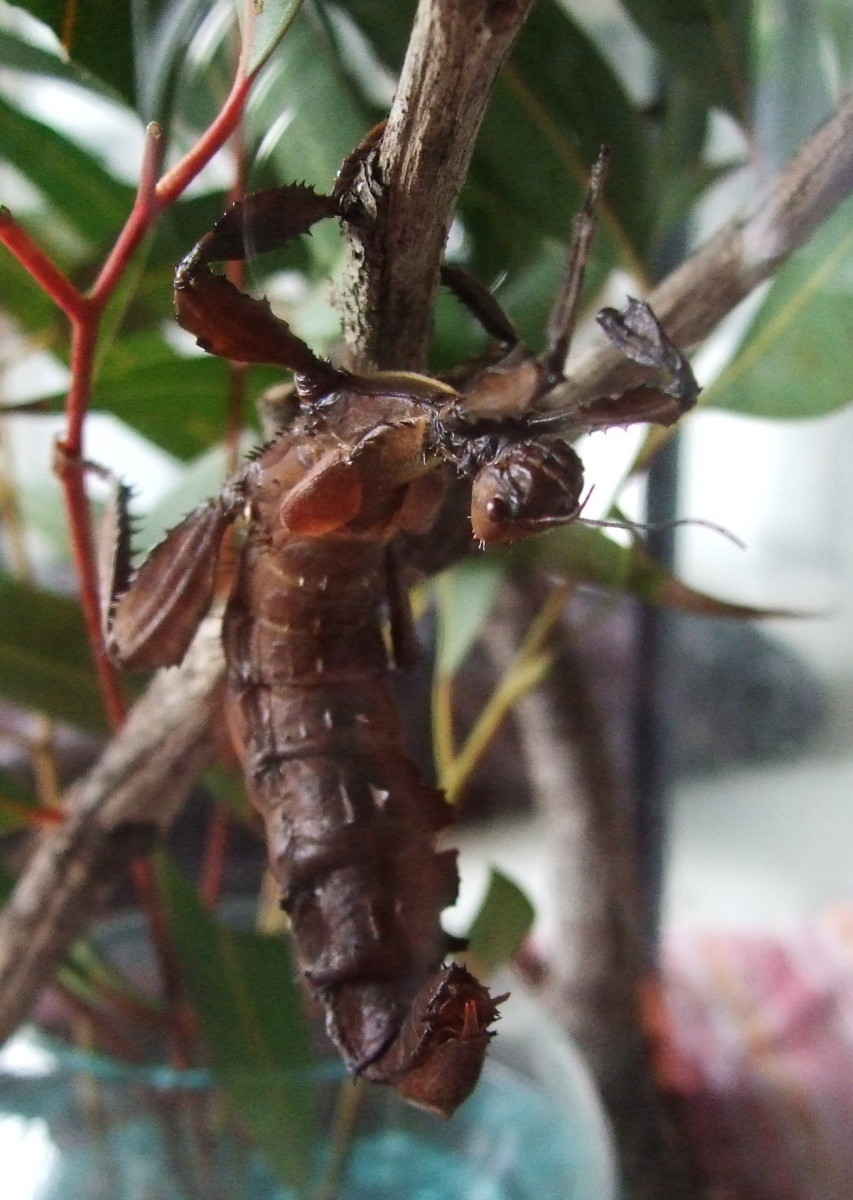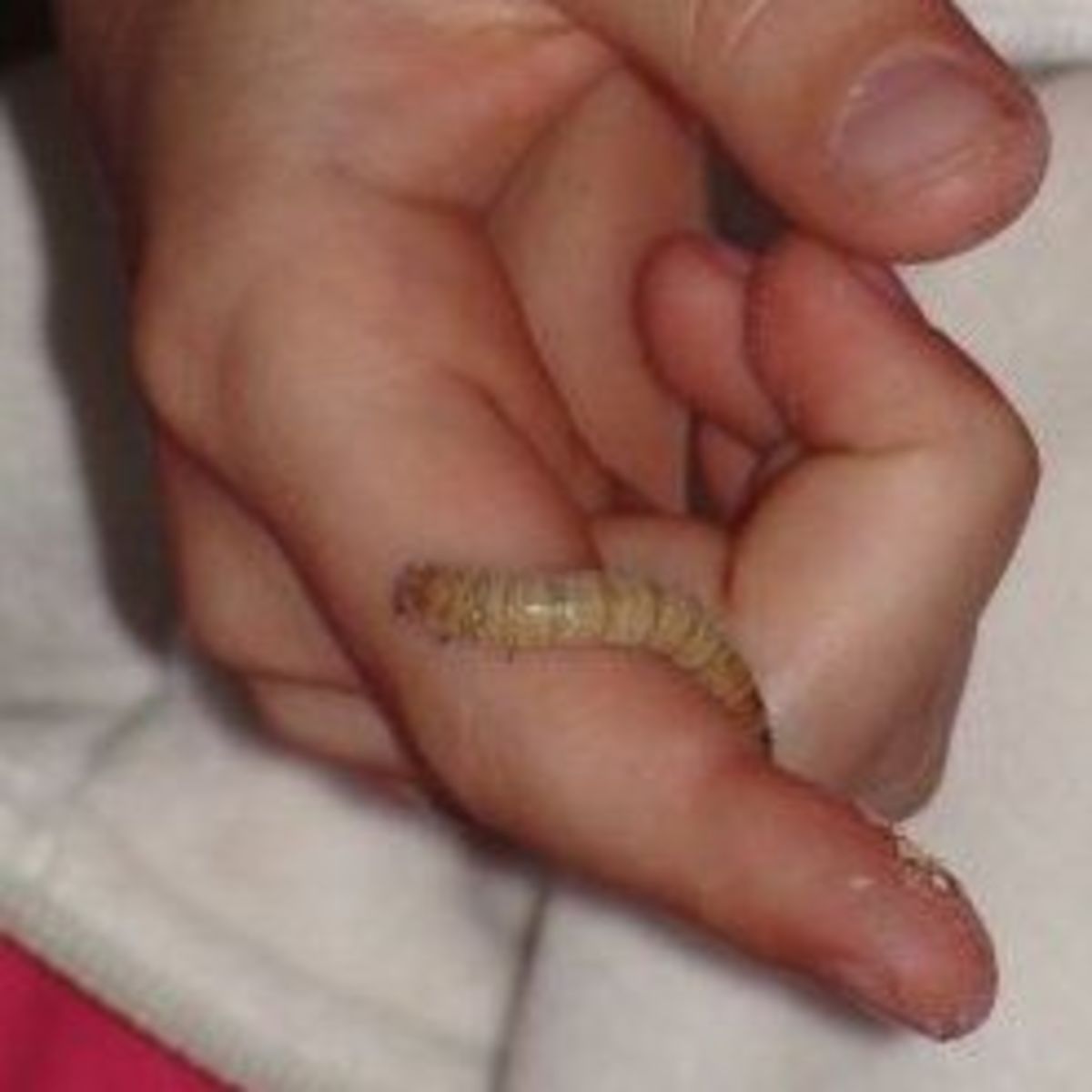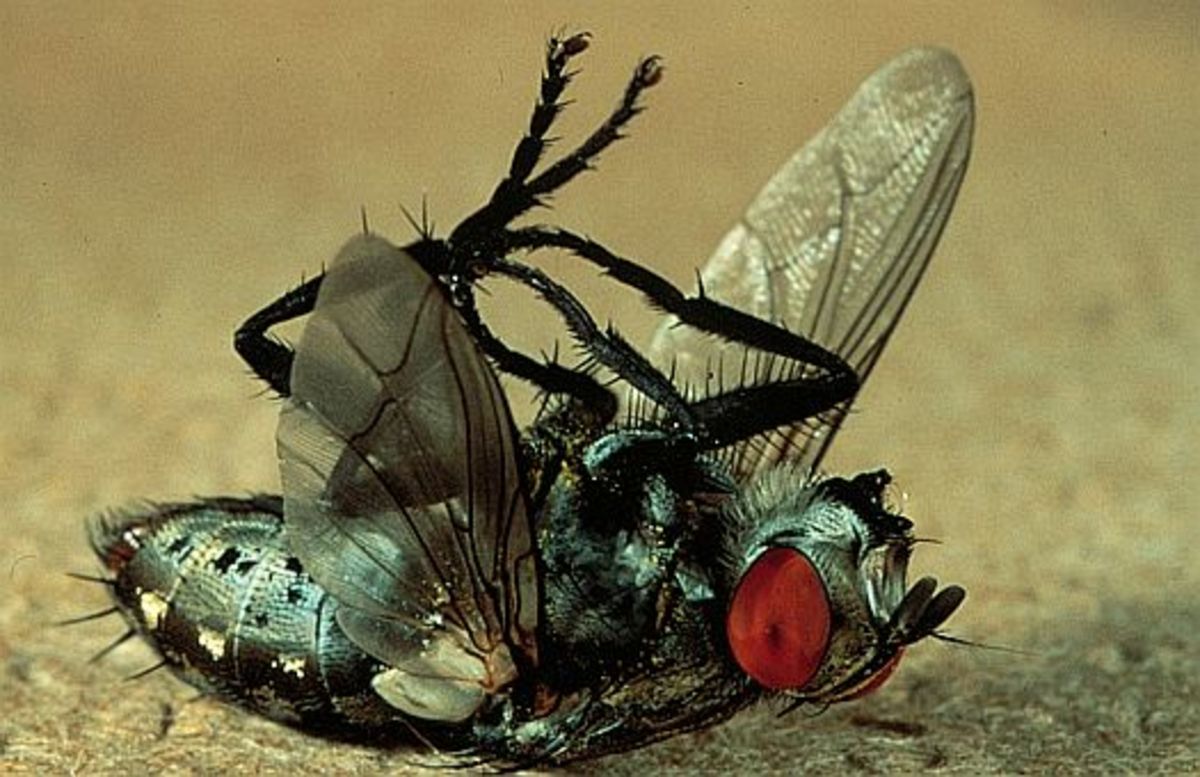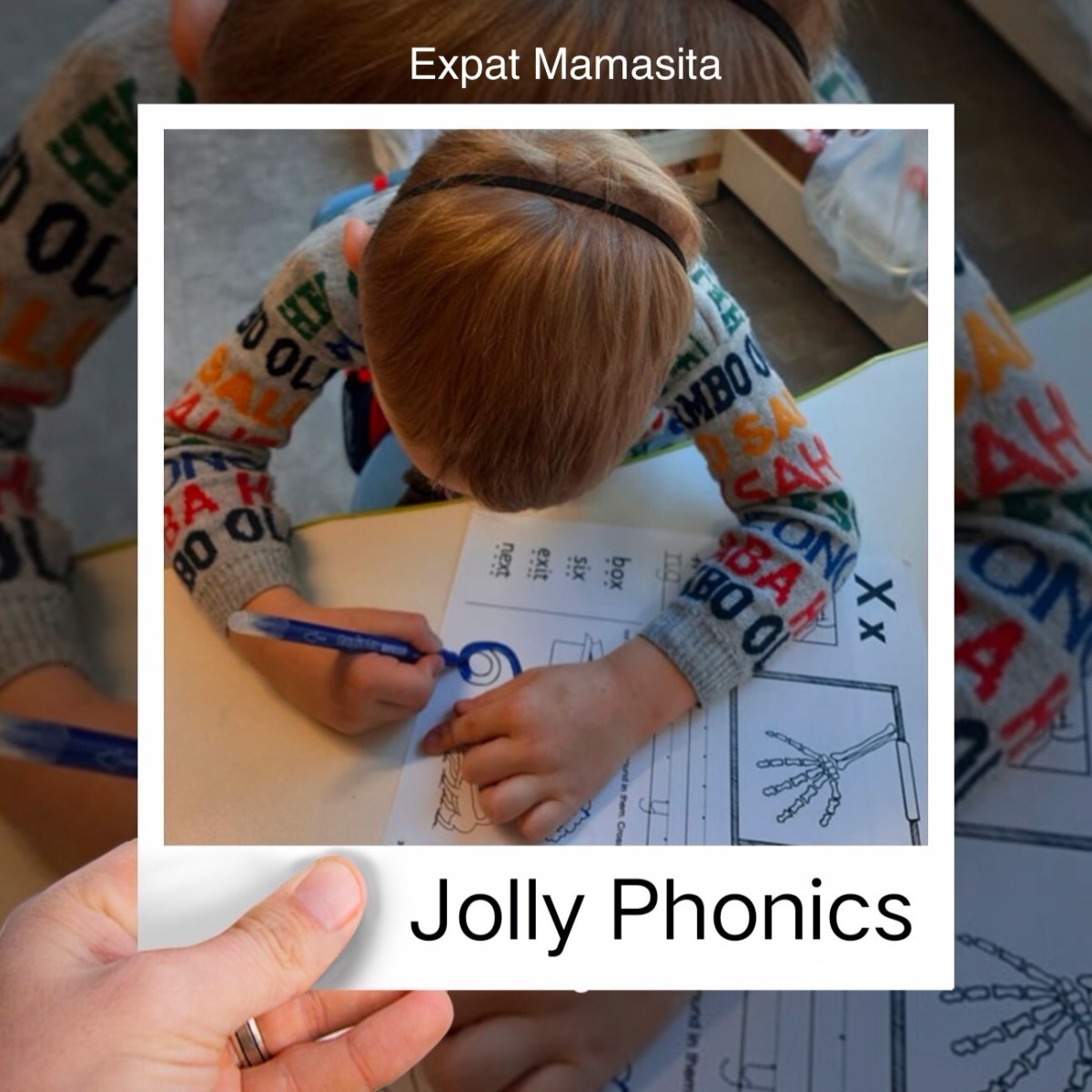"I" Is For Insect-Letter "I" Activities For Kids
Head, Thorax, Abdomen
Letter "I" activities aren't as prolific as other letters! However, a mini study on "insects" opens the door to many more opportunities for learning.
As always, we started by introducing the letter of the week, practiced writing it, and referred to words with the short "I" beginning sound--igloo, ink pad, iguana, and insects. You can download the color, cut, and paste worksheet here. Those who finished early, colored an inchworm and traced the letters to form the word.
Next, we brainstormed a list of insects and learned how they are helpful. Here are some examples:
- Bees make honey and are critical for pollination to reproduce flowers and crops. In fact, they are responsible for pollinating nearly 80% of all fruit, vegetable, and seed crops in the United States. They are the only insect that produce food for humans.
- Fruit flies are used for researching genetic diseases in humans. They breed easily for experimentation, and are often the keys to unlocking mysteries about DNA.
- Field crickets eat pests and animal remains, and they break down plant material, which renews the soil.
- Blister beetle secretions are used in wart removal products.
- Ladybugs protect gardens by eating pests, particularly aphids--as many as 5,000 in their lifetimes!
- Dragonflies control insect population, especially by eating lots of mosquitoes. They can consume as few as 30 or as many as hundreds of mosquitoes every day.
What classifies a critter as an insect? They have a head, thorax, abdomen, six legs, and antennae. Those are hard to remember--unless you sing them to a cute song, like "Head, Shoulders, Knees, and Toes."
Head, thorax, abdomen, abdomen, abdomen
Head, thorax, abdomen
Eyes, six legs, antennae too!
As you sing the song, touch your head, tummy, legs, and eyes. Shake your arms and legs, and then hook your fingers behind your head like antennae. Your kids will remember this complicated concept after running through the song a few times!
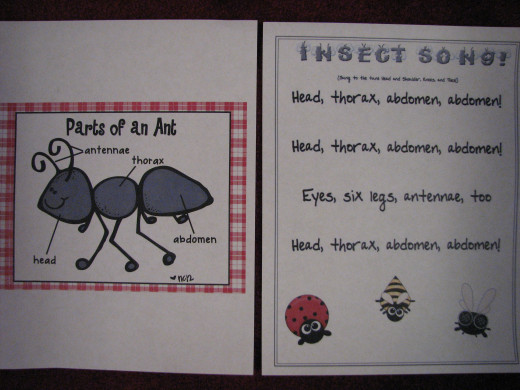
Emergent Reader
To review color words along with insect identification, we completed an insect emergent reader. For advanced learners, you can also cover the short and long sounds of the "I" vowel with this worksheet--color short "i" pictures one color and long "I" pictures another! There are sorts for every vowel on the site.
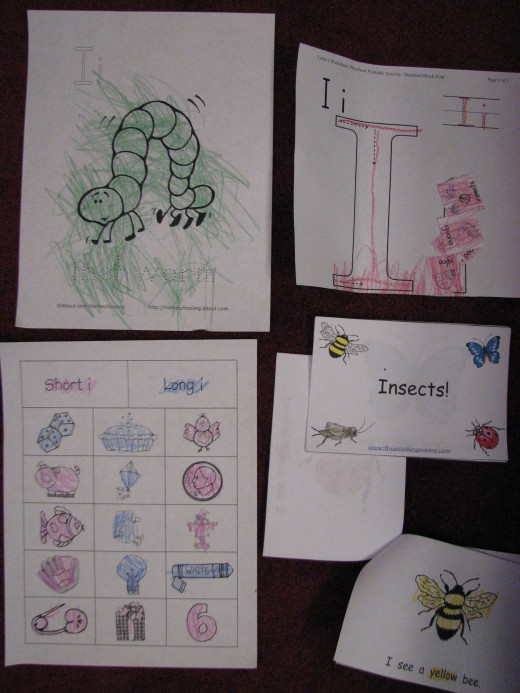
Insect Game
We played a fun "Catch a Bug (or insect)" game too. This game can be played multiple ways. For younger learners, have them sort the different colored insects onto the corresponding colored jar. To make it a game, roll a dice. Place the same number of insects in the jar that's on the dice. The first person to fill his or her jar is the winner! You can also make your own colored dice and add insects to your jars by color.
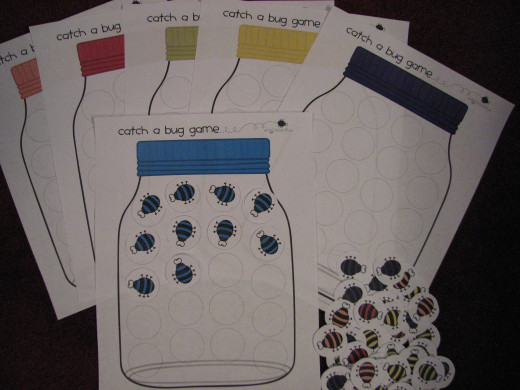
Letter I Craft
Our Letter I craft for the day for our alphabet books was finger painting insects. Print an "I" template, cut out, and mount to construction paper. Give each child a paper plate with various colored mounds of finger paint. Use yellow to make bees, red for ladybugs, green for caterpillars, and any color of four grouped fingerprints to form a butterfly. Allow the paint to dry before using markers to draw the bodies, eyes, antennae, and legs. To be sure we didn't waste paint, we used our leftovers to paint crazy designs or pictures on the paper plate!
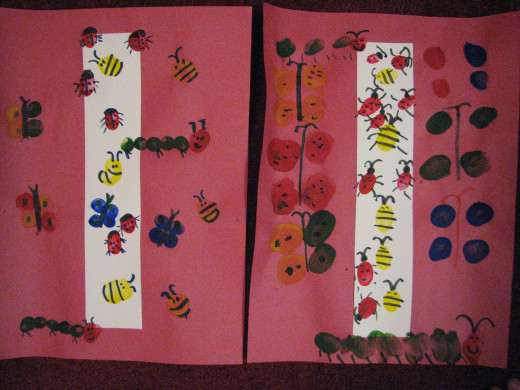
The Icky Bug Counting Book
A great book to accompany your insect study is, The Icky Bug Counting Book. Not only does this book help with counting and number recognition, it offers interesting facts about fascinating, yet repellant, bugs!
The Grouchy Ladybug
If you want to springboard off of your letter "I" for a ladybug unit, Eric Carle dominates the scene with his classic, The Grouchy Ladybug. Just browse through Pinterest, and you'll find activities covering behavior, feelings, telling time, ladybug counting, and crafts.
The Quiet Cricket
Can you tell the difference between a cricket and a grasshopper? Once again, Eric Carle lures us into a deeper study of crickets with another bestseller. Did you know that only male crickets chirp? Crickets chirp for a variety of reasons, but mostly to attract females. This book offers a fun approach to science.






